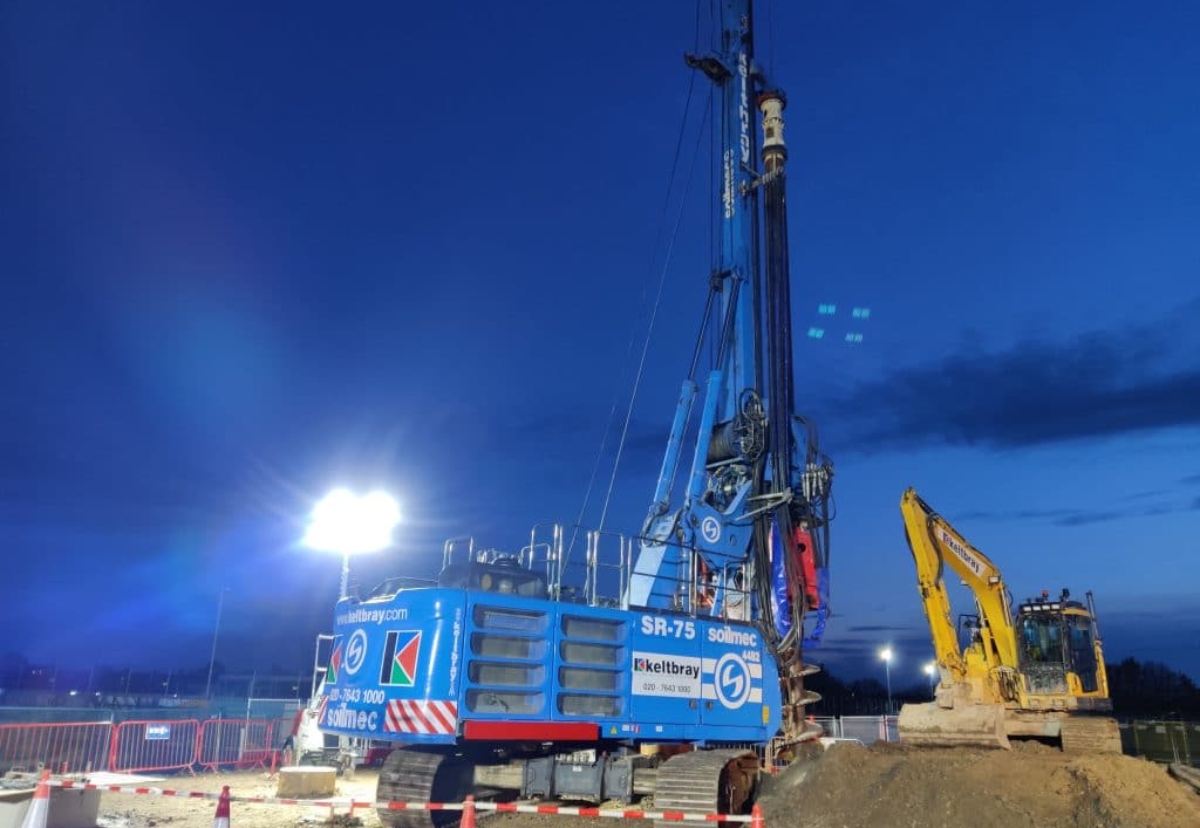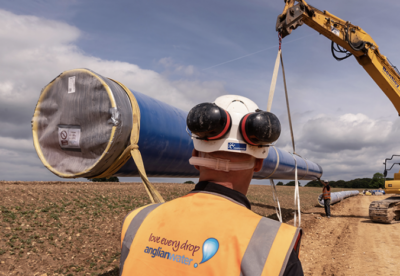City University London has developed and patented the hollow pile design that reduces the total volume of concrete required in each pile.
Keltbray is now working with construction partners on combining the product with its low carbon concretes to further reduce the embodied carbon within the piles by up to 90% compared to traditional bored piles.
Keltbray has also partnered with UK geothermal contracting specialists G-Core to develop the potential for geothermal energy storage and generation within the Hollow piles.
Early trials indicate performance enhancement of over 60% in terms of geothermal conductivity compared to traditional energy piles.
Stuart Norman, Managing Director for Keltbray’s Piling Division said: “Implementing the product within construction and infrastructure projects will have a huge impact on carbon-reduction, specifically when considering the whole life cycle costing benefits that the combination of a deep pile foundation with combined energy storage and generation potential will bring”.
Dr Andrew McNamara, Senior Lecturer in City’s Department of Civil Engineering, said: “Hollow piles are an exciting area because developers will begin to regard construction of these highly sustainable deep foundations as an investment in a valuable asset that will continue to add value long after they are first constructed.
“We are delighted that Keltbray have recognised the potential of City’s research and will be commercialising this green technology that has substantial benefits over conventional piling methods, opening up new and exciting opportunities in the construction sector.”


















































.gif)





